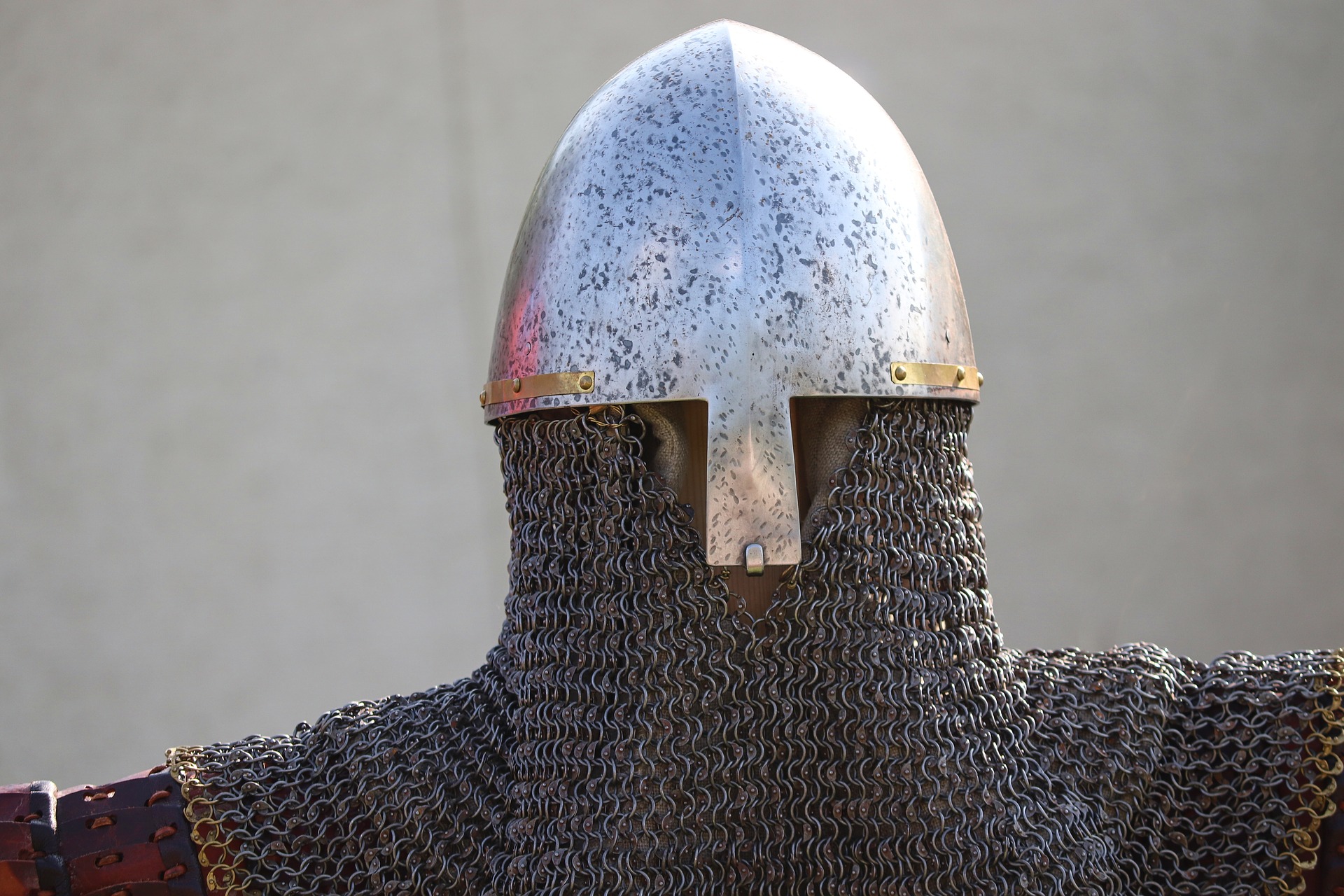Media release
From:
Chain mail’ that toughens under pressure (N&V)
A chain mail-inspired fabric that can turn from soft and bendable to rigid and back again is presented in a paper published this week in Nature. This material may be useful in a variety of robotic and medical applications.
The properties of regular fabrics and textiles are usually fixed by a combination of the native material properties and their woven structure. Smart fabrics are materials with adaptable properties that could, for example, change in response to external stimuli.
Chiara Daraio and colleagues devised a fabric consisting of interlinked 3D-printed polymer elements (rather than fibres) that can gradually switch between soft and rigid shapes. In its native state, the fabric is flexible and can be draped over complex objects. When it is compressed, the interlinked particles become jammed together, making the fabric around 25 times stiffer than in its relaxed configuration. The resulting structure can hold loads over 30 times its own weight. The authors note that this property shows promise for wearable reconfigurable structures, where the fabrics may need to conform to the human body or form complex architectures that are then locked in place. Potential applications include “an exoskeleton for biomedical, sport or military applications” or creating temporary shelters, suggests Laurent Orgéas in an accompanying News & Views piece.



 International
International



